Faced with a dire financial crisis, members of the Peralta Community College District convened Friday with the shared understanding that drastic change is around the corner.
Addressing a packed Zoom audience of 300 participants, Chancellor Tammeil Gilkerson spoke candidly about the gravity of the district’s financial situation. In the meeting chat, attendees speculated on the possibility of layoffs, relocating the district office, or even closing one or two of the district’s four colleges. But district officials have yet to make a concrete decision on how to solve the crisis in the long term.
Enrollment declines, increasing expenses, and changes to the state funding model for California Community Colleges are all contributing factors to Peralta’s worsening long-term financial outlook.
To balance the budget in the past, the district has often relied on making cuts, freezing vacant positions, or “borrowing” money from summer semesters. Since 2020, Peralta has already made a total of $27.8 million in cuts across its four colleges and the district service center, which houses its main offices.
“Folks are cut to the bone,” Gilkerson said.
Now, the district is looking at a deficit between $11.5 and $13.5 million during the upcoming fiscal year. The chancellor choked up as she shared what would need to be done to balance the budget moving forward.
“We are in a situation where there will be impacts to employees,” she said, her voice breaking. The district hopes to “soften the blow” by using a variety of strategies to save money, such as budgeting for vacant positions and reducing overtime.
Peralta’s Executive Director for Marketing, Communication & Public Relations, Mark Johnson, did not confirm or deny whether layoffs are on the horizon.
“Unfortunately employees will be affected, but we are working to minimize those impacts and it would be premature to comment on those details at this time,” Johnson wrote in an email.
Big ideas float in the air at shared governance meeting
At a planning and budgeting meeting later that Friday, faculty, classified employees, and administrators discussed ideas for solving the district’s fiscal challenges and shared hopes for the future of the district.
Gilkerson asked Peralta community members to imagine “what could our college look like if we radically redesigned it ourselves?”
She shared that she sees “value” in Peralta being a three-college district, remarking, “I do think we’re too big for our size, frankly.” Other ideas that have been tossed include moving district offices, creating an online college, removing program redundancies, and/or changing the name of the district.
According to Nelson, the development of a comprehensive plan could take over a year and would involve more discussions with Peralta’s shared governance bodies. Once a plan is agreed upon, it could take another two or three years to be executed.
The financial talks come during a time when Peralta is also reimagining its safety and security model, with talks to integrate “sworn” personnel into its campus safety force.
A bleak picture of enrollment
In recent months, district officials have been calling attention to the disparities in enrollment levels per college between Peralta and other community college districts in the state.
During her Spring 2025 Flex Day Address on Jan. 16, Gilkerson called attention to how significantly Peralta’s FTES, or full-time equivalent students, lags behind other four-college districts in the state.
Los Rios Community College District, a four-college district in Sacramento, had 49,317 full-time equivalent students in the 2023-24 fiscal year, according to state data. State Center Community College District, which operates four colleges and two educational centers in Central California, had 33,151 full-time equivalent students. Peralta, meanwhile, had 16,614 FTES.
When compared to community college districts with a similar number of FTES, Peralta is the only district with four colleges.
Peralta also has lower enrollment than some other districts in the Bay Area with fewer colleges. For example, San Mateo Community College District had 21,379 full-time equivalent students for three colleges last year.
The chancellor also called attention to the fact that Peralta is not what’s called a “basic-aid” or “community-funded” district — a term that refers to community college districts that are primarily funded through local state property tax revenues. They’re “a lot more flush with resources than we are,” the chancellor noted.

These challenges come amidst new research that predicts the number of high school graduates nationwide will steadily decline by 13% by 2041. That means smaller enrollment pools for colleges and universities nationwide, especially for traditional-aged students, according to the Western Interstate Commission for Higher Education.
The Peralta Community College District isn’t the only public institution facing significant budgetary challenges.
The University of California and California State University systems could lose $770 million in funding, under California Governor Gavin Newsom’s proposed budget for the upcoming fiscal year. That amounts to an 8% reduction in state funds, EdSource explains.
The City of Oakland, meanwhile, is laying off nearly 100 city workers in part of a plan to address a $129 million deficit.
‘We’re overbuilt’: urgent repairs loom, new buildings still in the works
At a November meeting of the district Board of Trustees, Chief Operating Officer and Deputy Chancellor Greg Nelson called attention to a report that put most of Peralta’s facilities “in the red,” meaning they’re in “critical” condition.
He traced this to a lack of preventative maintenance, which can help buildings stay in good condition for a longer period of time. The most urgent repairs alone are projected to cost the district $226 million.
“What we’ve done in this district, we buy it, we put in, we let it completely die, and then we just replace the whole thing,” Nelson said.
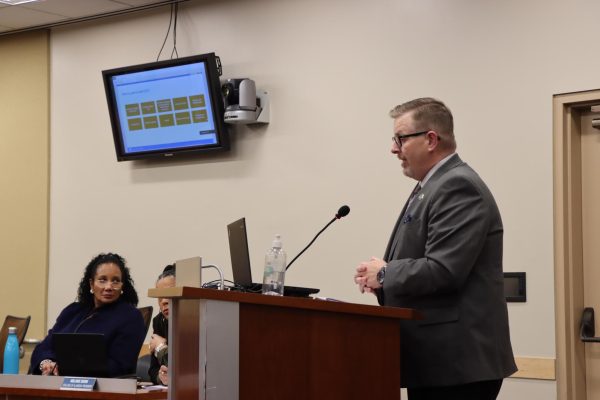
He emphasized the need for the district to make data-informed decisions about their facilities, such as comparing the square footage of a program’s facilities to the population of its students. As a whole, he remarked, Peralta is “overbuilt.”
“So it makes it harder for us to get state funding and matching money from the state when we’re actually overbuilt based on our campus population and our campus square footage,” Nelson said.
Several large-scale facilities projects are in the works at Peralta. Merritt College has broken ground on a new Landscape Horticulture Complex and a Child Development Center. The College of Alameda has a Transportation Technology Center and an Aviation Complex on the horizon.
Laney College plans to build a new library and to renovate its locker rooms and theater to comply with ADA and Title IX requirements. Berkeley City College is currently constructing a new building in downtown Berkeley, set to be completed in June 2026.
Students and faculty react
Christina Edwards, a cosmetology instructor at Laney College, hopes that the students won’t be affected too much by the cuts.
“Just don’t cut the classes,” Edwards said. “The students need these classes to have jobs so that they can be able to get a living wage.”
Ahyn Malik, who studies computer science, said, “I think a lot of departments are underfunded.”
“If you cut out even more, students can’t have the necessary resources to pursue their studies,” Malik added.
Richard Thoele, chapter president of Service Employees International Union Local 1021, could not be reached for comment.
Jeff Sanceri, President of the Faculty Union at Peralta, is cautiously optimistic, stating he is grateful that faculty and staff are being listened to by leadership, but that uncomfortable decisions are on the horizon.
“I’m hopeful in a way I haven’t been since I was first hired here 10 years ago, but there is still work to do,” Sanceri said. “Faculty, staff and everyone else is ready to do it.”
Daniel O’Neil, Gabriel Barbosa, and Nelzy Gonzalez-Zaragoza contributed to this report.

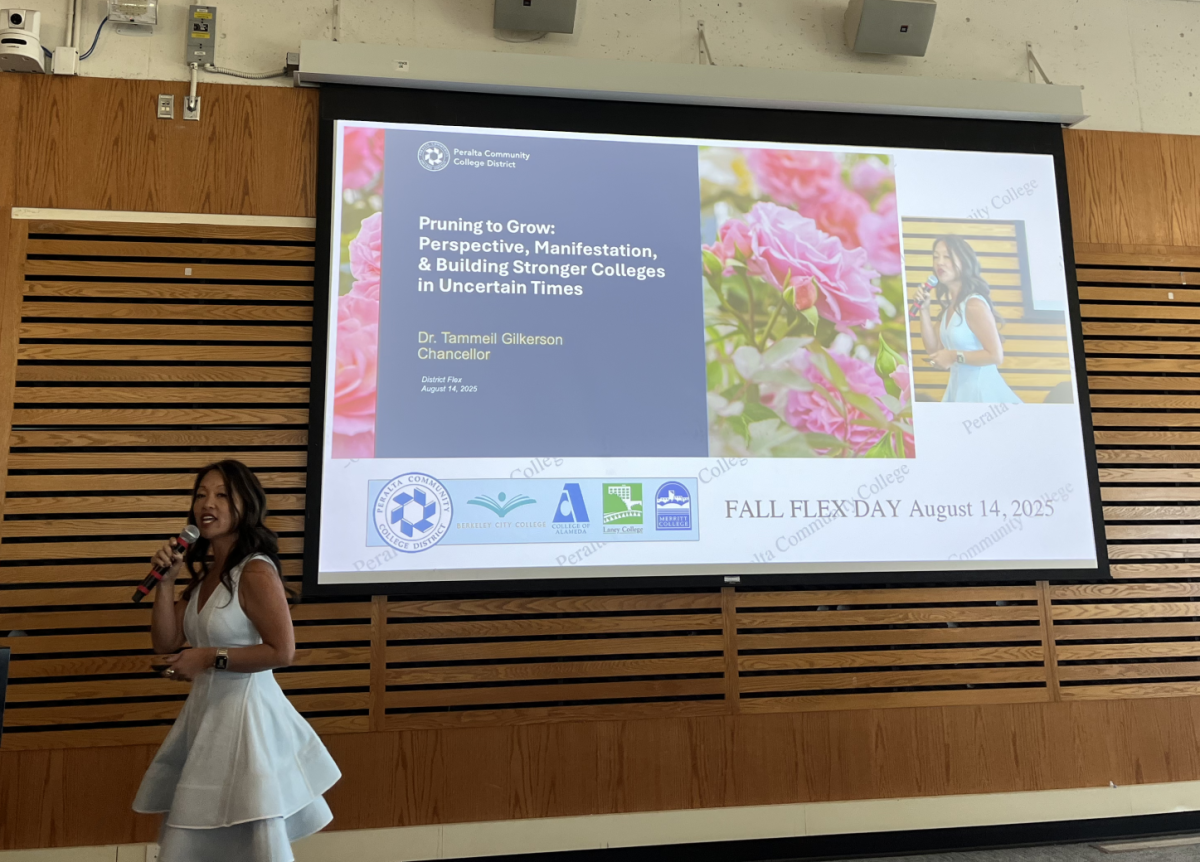
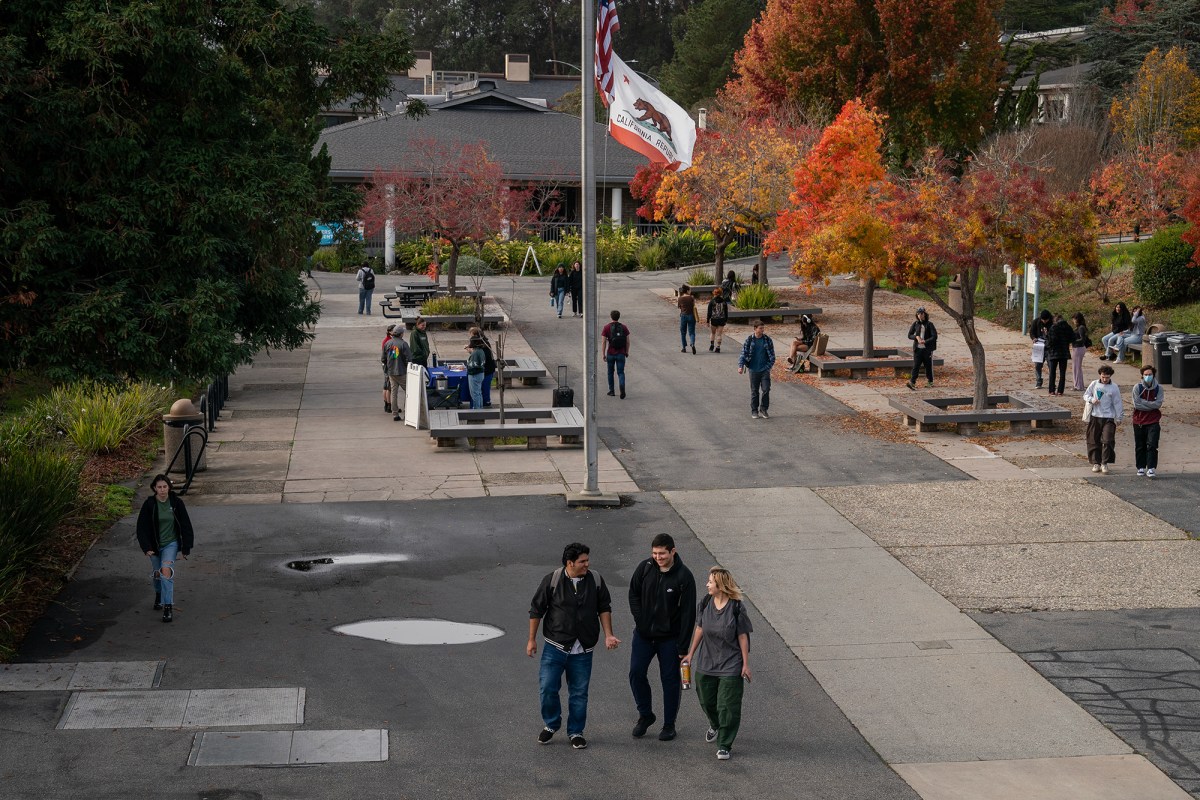

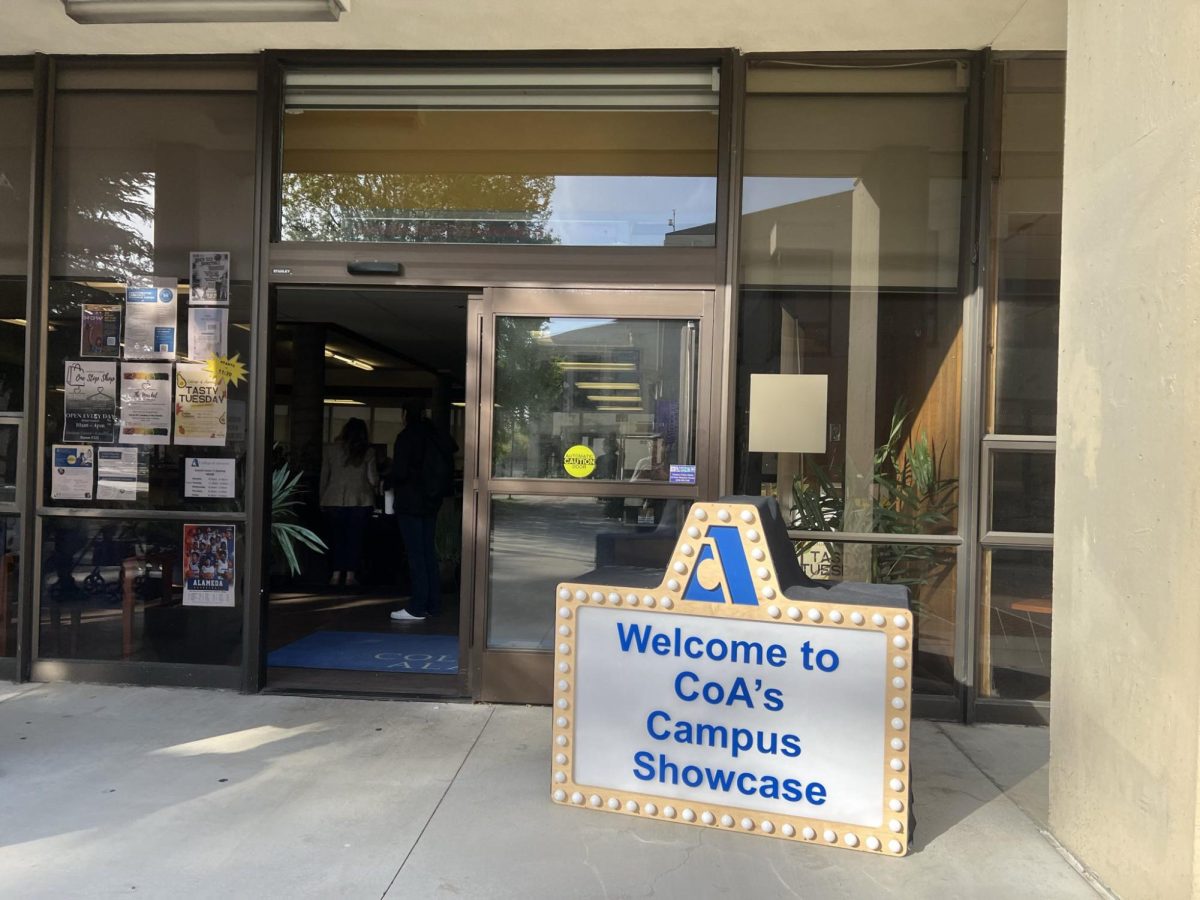

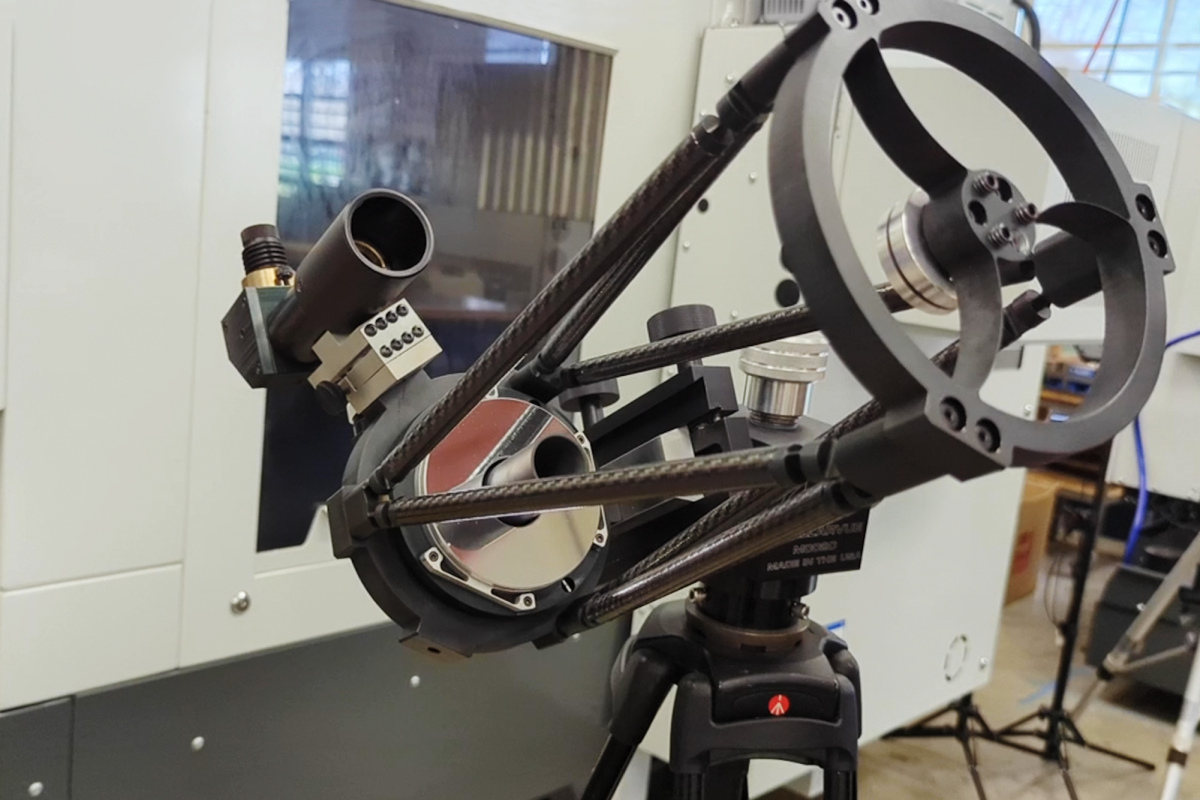


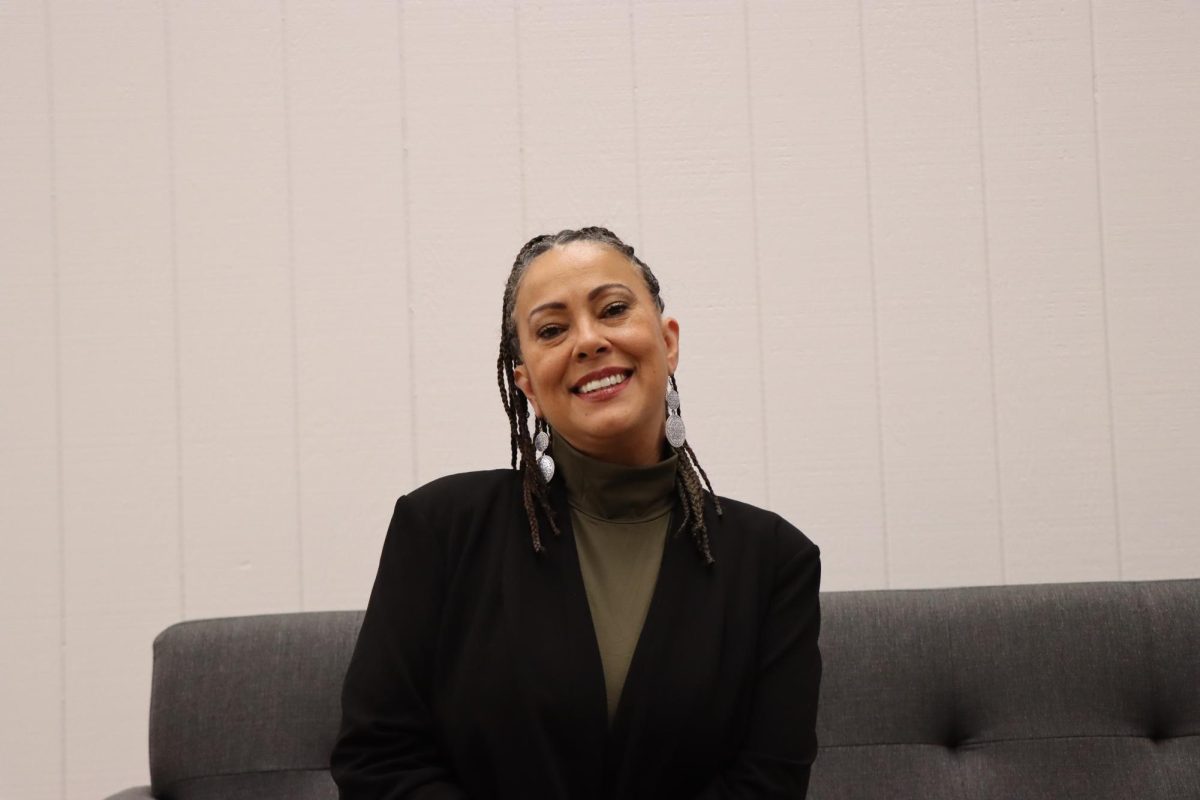
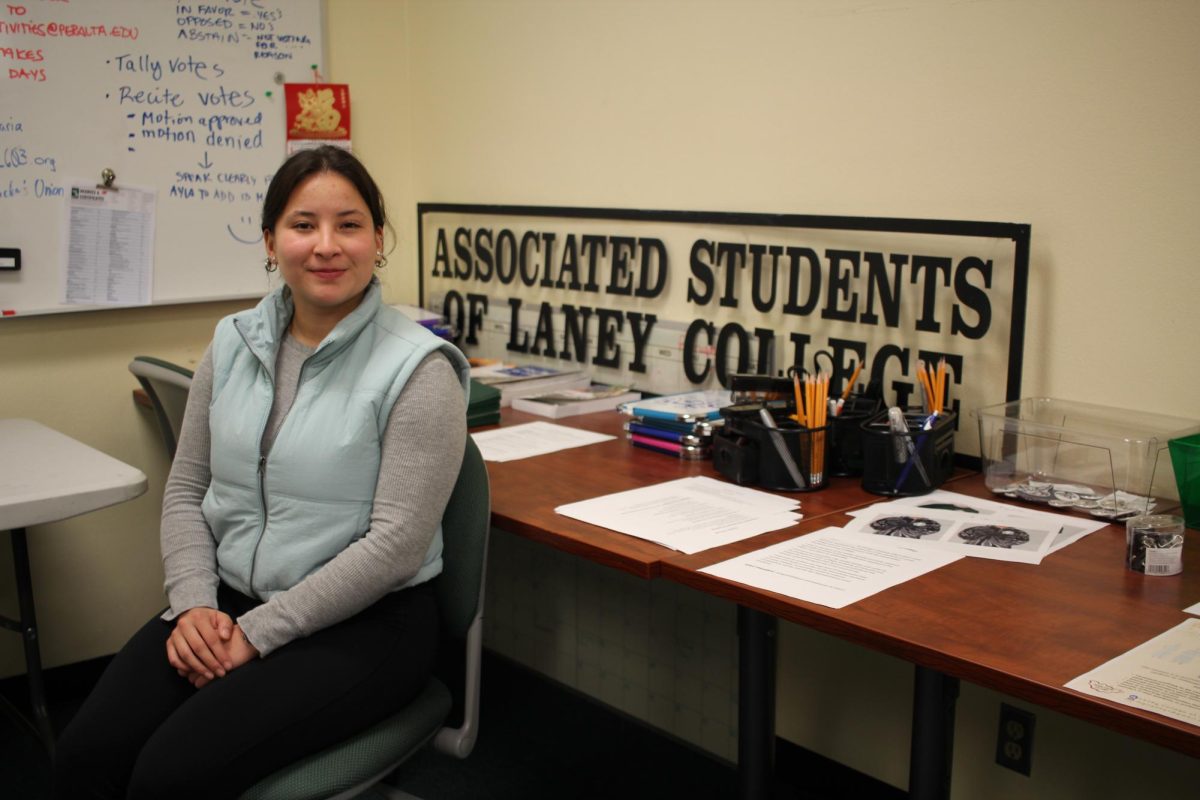



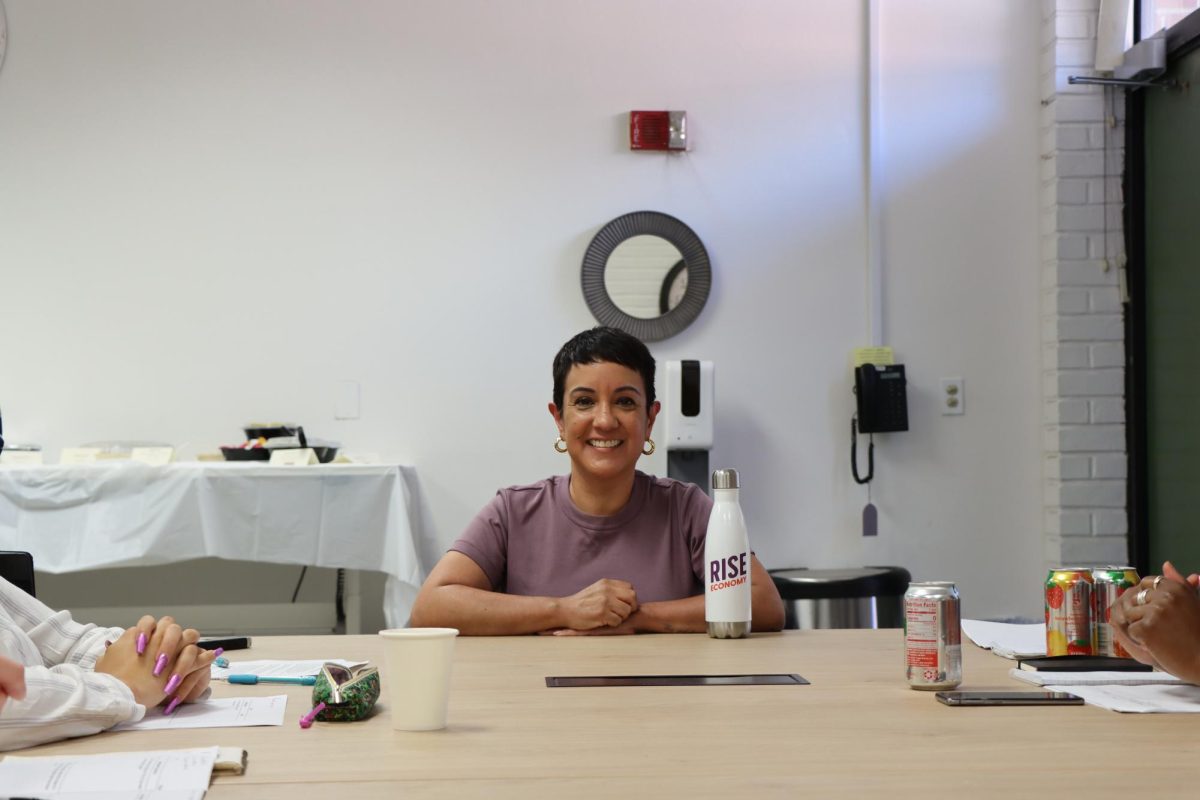
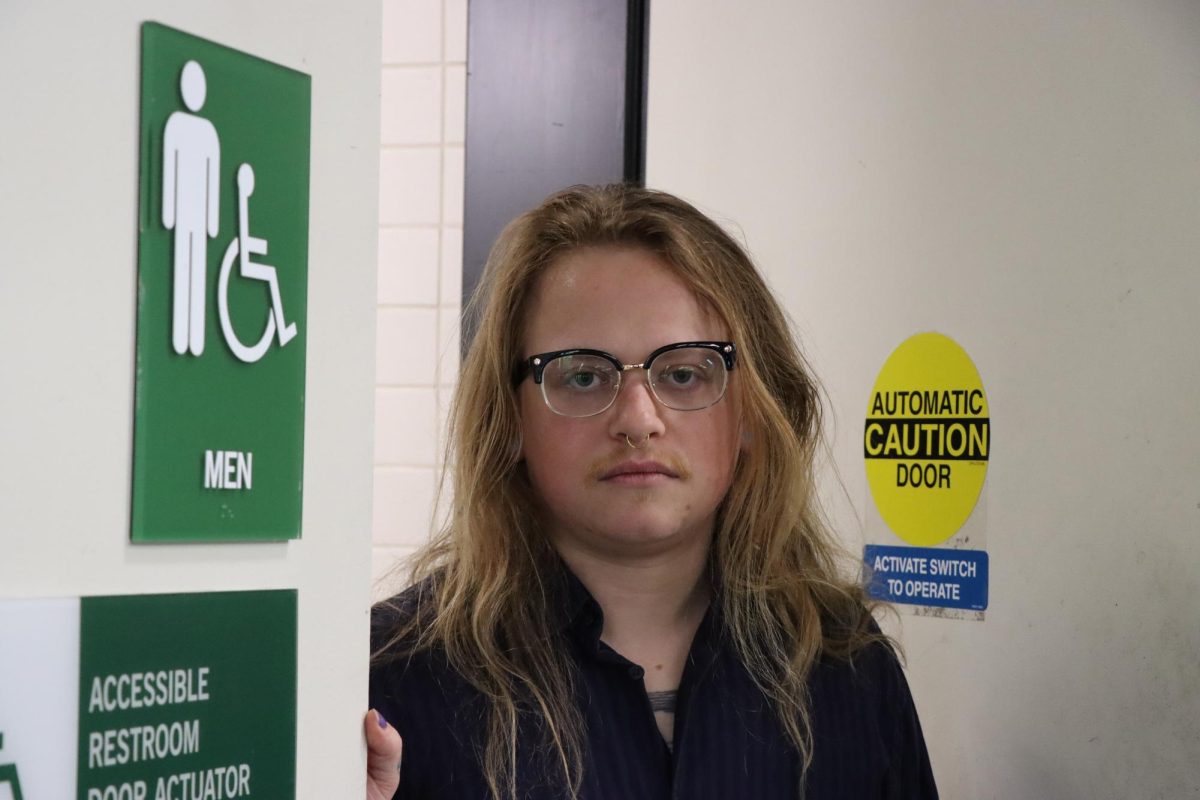



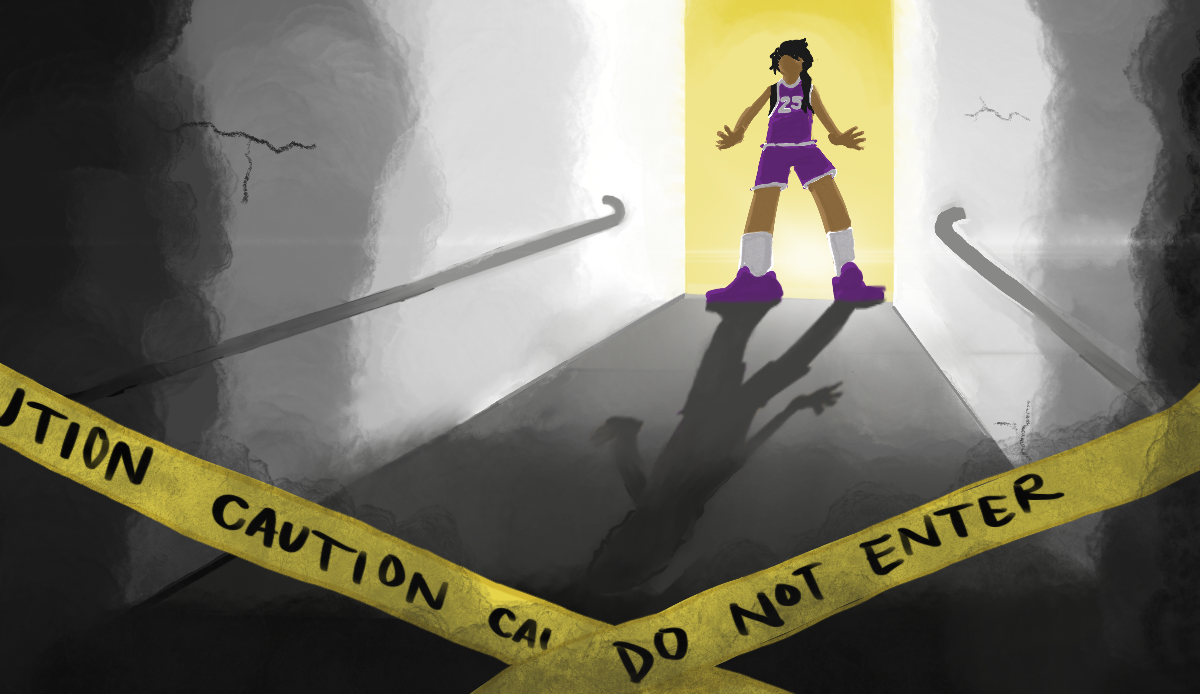











Roxana • Feb 3, 2025 at 8:26 am
I have worked for 20 years at Peralta, and during that time, we have consistently faced crises. The classified staff has always been the most affected as solutions are sought, resulting in layoffs, furloughs, and reductions in benefits. After the budget cuts in 2018, when Ortiz left the leadership at Peralta, the new administration created several Vice President positions, diverting funds that could have supported classified positions.
Currently, there are many high-level positions within the District. The former HR Vice President continues to consult from Texas, while classified staff do not have the option to work remotely
The leadership wants to fix the problem. They can start by cutting their salary in half and removing the overbuilt Vice President positions in the district.